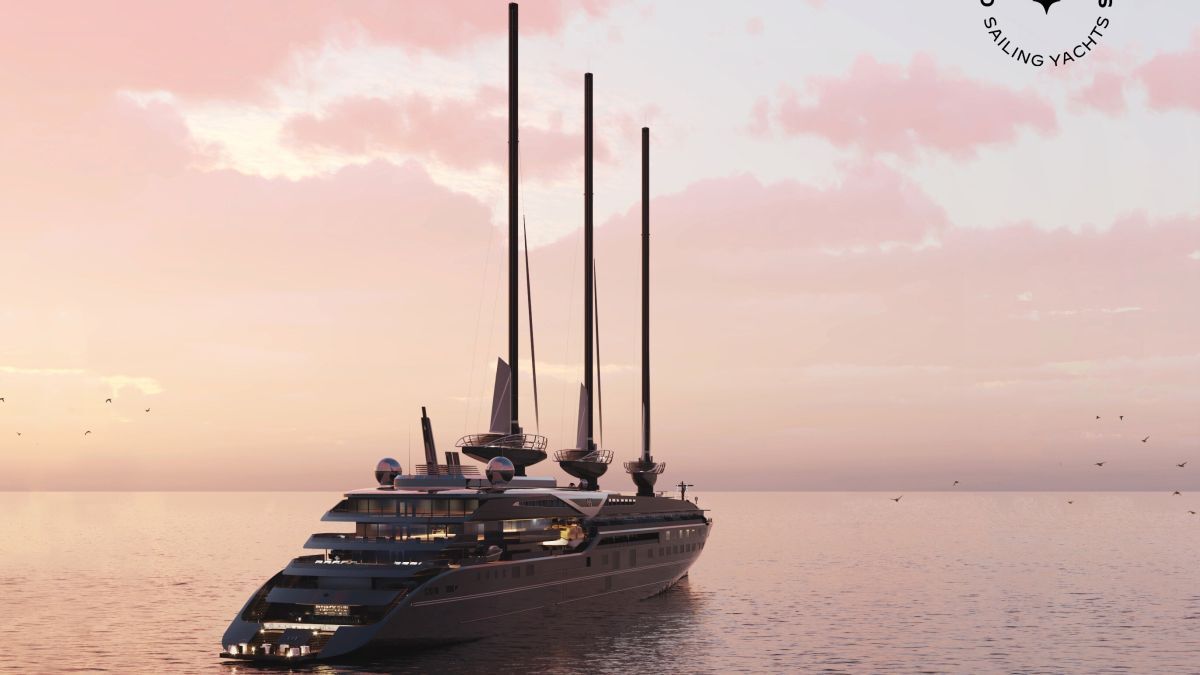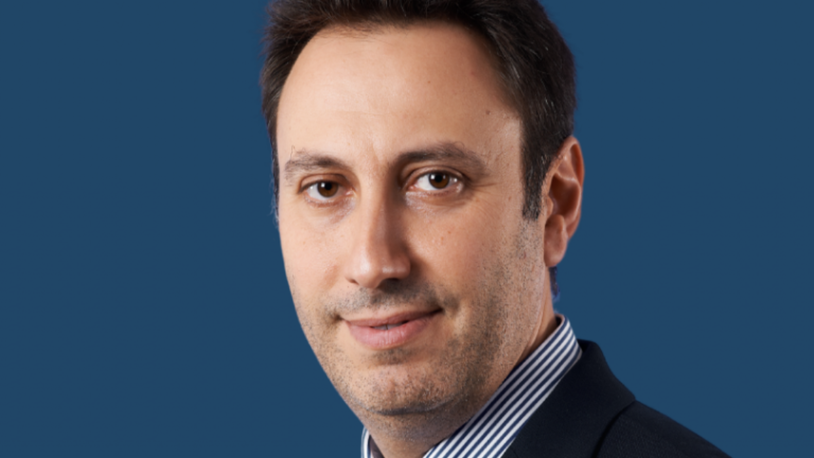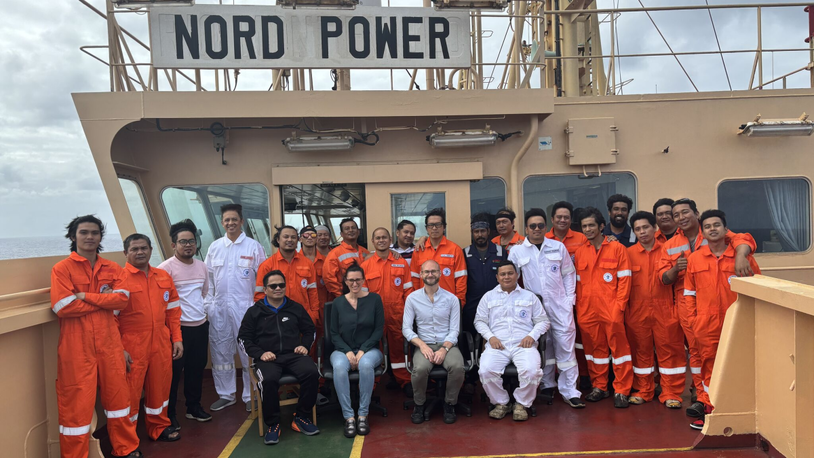Business Sectors
Events
Contents
Consider shaft line solutions whilst upgrading your ballast water management systems
One of the current themes within the maritime industry is the legislation surrounding ballast water management systems
One of the current themes within the maritime industry is the legislation surrounding ballast water management systems. The use of ballast to stabilise a partly empty ship and retain similar operating characteristics, regardless of cargo situation, is a very old principle. The earliest forms of ballast were stones, sand and similar debris, whilst today, sophisticated tank systems are employed to utilise the very water in which ships operates.
This loading and releasing of seawater has recently been subject to much discussion. This is due to the transportation of water from one end of the world to the other, resulting in the deposit of organisms not usually found in the destination area. The introduction of such non-indigenous organisms has in certain cases upset local ecosystems, with potentially disastrous results.
To prevent the above situation, the International Maritime Organization adopted the Global Ballast Water Convention in 2004, which clearly states how ballast water should be treated before its release into the sea. To support these requirements, Wärtsilä Ballast Water Management Systems can support ship operators through two products: Aquarius EC and Aquarius UV, systems which use in-situ electro-chlorination and ultra-violet (UV) irradiation. In addition to these BWMS products, shipowners can utilise time spent in drydock more effectively by assessing the condition of other shaft line equipment, such as shaft seals and bearings, as well as considering the need for shaft line monitoring and analysis. This would help ship operators save time and cost in spare parts management, and any associated maintenance or upgrades required.
Developments in environmental legislation are also leading to a growing demand for environmental upgrades for existing vessels. Wärtsilä Seals & Bearings, a product line under the Wärtsilä Marine business and OEM supplier of shaft seals, bearings and monitoring systems, can answer these needs and assume full responsibility for service and maintenance over the entire vessel lifecycle. With the perspective shifting from short-term savings to a long term 20-25 year outlook, the demands on components such as seals and bearings is shifting towards higher level, technologically advanced products that can offer a longer service life to compensate for their higher initial cost.

Wärtsilä Seals & Bearings Field Service engineer performing alignment and measurement test
Risk reduction is another key customer consideration, particularly avoiding and eliminating the risk of oil leakage into the seawater. Although there is a heavy consensus for ship operators to use water lubricated stern tube systems, many are still operating with oil. The performance of shaft seals in these systems are crucial, as costs related to damage caused by seal malfunction, particularly outboard seals, can be substantial.
Anti-pollution sealing systems and portable condition-based monitoring systems provided by Wärtsilä Seals & Bearings can assist ship operators in compliance with the BWMS regulations. These services can be combined, through Wärtsilä Seals & Bearings’ new service offering: Shaft Line Repair Services. Wärtsilä Shaft Line Repair Services brings together alignment and measurement specialists and experts across the company for the execution of reactive or preventative repair work on shaft lines and associated equipment.
Related to this Story
Advancing decking systems in cruise ships
Events
Maritime Environmental Protection Webinar Week
Cyber & Vessel Security Webinar Week
The illusion of safety: what we're getting wrong about crews, tech, and fatigue
Responsible Ship Recycling Forum 2025
© 2024 Riviera Maritime Media Ltd.













